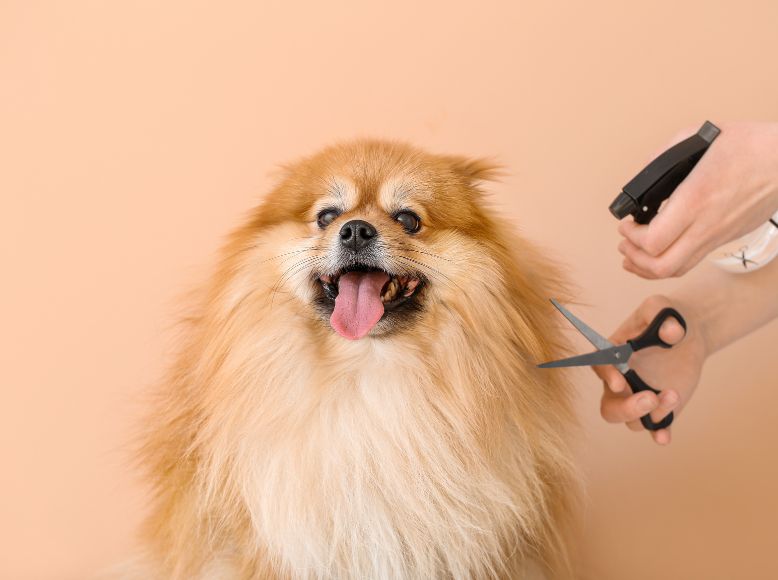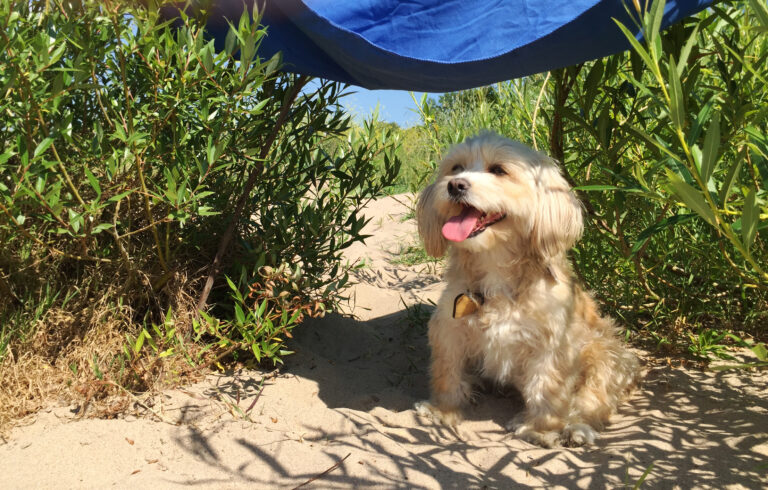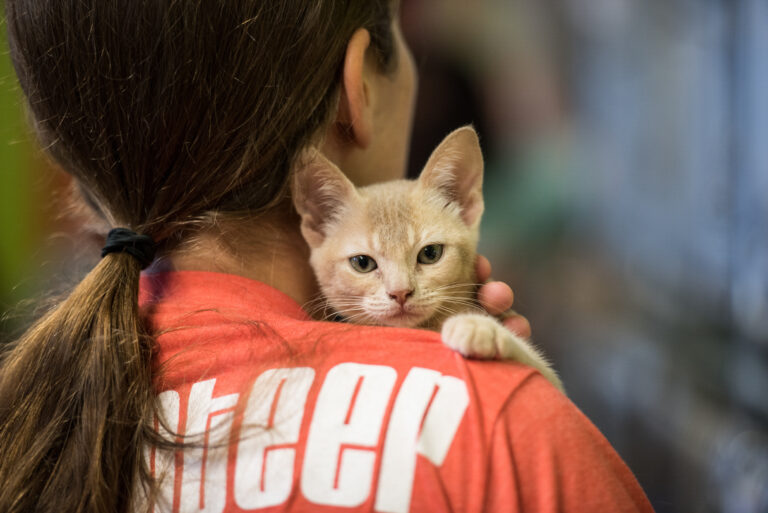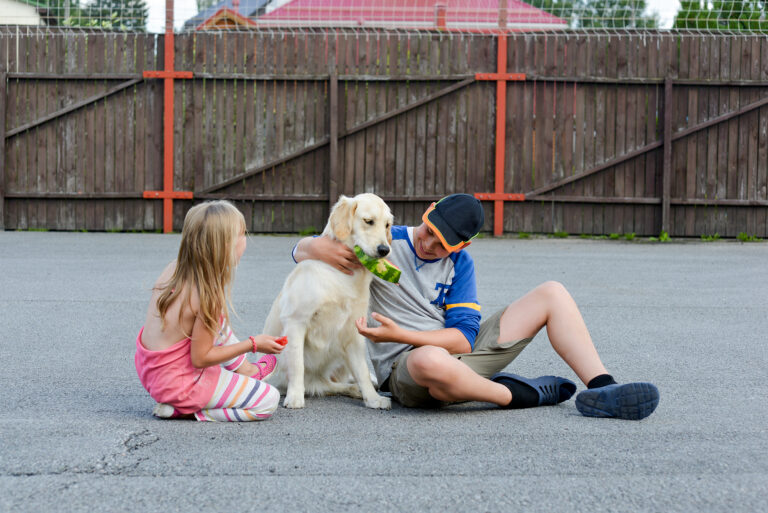The quality and safety of pet food are paramount concerns for both pet owners and manufacturers. One significant aspect of ensuring the safety of pet food is the absence of pesticide residues. Pesticides can pose serious health risks to animals, making it crucial for pet food manufacturers to implement measures that guarantee the absence of these harmful substances. In this article, we will explore how pet food manufacturers can ensure pesticide-free products, promoting the health and well-being of our beloved pets.
Table of Contents
Sourcing Organic Ingredients:
One of the primary ways pet food manufacturers can ensure the absence of pesticide residues is by sourcing organic ingredients. Organic farming practices strictly regulate the use of synthetic pesticides and chemical fertilizers. By partnering with trusted suppliers who adhere to organic standards, manufacturers can obtain pesticide-free ingredients for their pet food formulations.
When selecting organic ingredients, manufacturers should verify the certifications and credentials of their suppliers. Certifications such as USDA Organic or similar organic certification bodies provide assurance that the ingredients are cultivated without the use of pesticides. This proactive approach guarantees a higher level of safety and reduces the risk of pesticide contamination in the final pet food product.
When selecting organic ingredients, manufacturers should verify the certifications and credentials of their suppliers. Certifications such as USDA Organic or similar organic certification bodies provide assurance that the ingredients are cultivated without the use of pesticides. This proactive approach guarantees a higher level of safety and reduces the risk of pesticide contamination in the final pet food product.
Rigorous Testing And Quality Control:
Implementing rigorous testing and quality control measures is crucial for pet food manufacturers to ensure the absence of pesticide residues. Regular testing should be conducted on both raw materials and finished products to detect any traces of pesticides. This can be achieved through collaboration with reputable laboratories specializing in pesticide analysis.
Testing protocols should follow industry standards and guidelines for pesticide residue analysis. Manufacturers should employ advanced analytical techniques such as gas chromatography-mass spectrometry (GC-MS) or liquid chromatography-mass spectrometry (LC-MS) to accurately quantify pesticide levels. By establishing strict thresholds for pesticide residues, manufacturers can ensure that their products meet or exceed regulatory standards for safety.
Testing protocols should follow industry standards and guidelines for pesticide residue analysis. Manufacturers should employ advanced analytical techniques such as gas chromatography-mass spectrometry (GC-MS) or liquid chromatography-mass spectrometry (LC-MS) to accurately quantify pesticide levels. By establishing strict thresholds for pesticide residues, manufacturers can ensure that their products meet or exceed regulatory standards for safety.
Supplier Audits And Traceability:
Maintaining a robust supplier audit program is essential to ensure the absence of pesticide residues in pet food. Manufacturers should conduct thorough assessments of their ingredient suppliers, verifying their cultivation and production practices. Regular audits can help identify any potential sources of pesticide contamination and ensure that suppliers are adhering to established guidelines and regulations.
Furthermore, implementing a comprehensive traceability system allows manufacturers to track the origin of ingredients and monitor their journey throughout the supply chain. This enables rapid identification and containment of any potential pesticide-related issues. By maintaining detailed records of ingredient sources, manufacturers can take swift corrective actions if pesticide contamination is detected.
Furthermore, implementing a comprehensive traceability system allows manufacturers to track the origin of ingredients and monitor their journey throughout the supply chain. This enables rapid identification and containment of any potential pesticide-related issues. By maintaining detailed records of ingredient sources, manufacturers can take swift corrective actions if pesticide contamination is detected.
Effective Cleaning And Sanitation Practices:
Proper cleaning and sanitation practices play a critical role in preventing cross-contamination and ensuring pesticide-free pet food. Manufacturing facilities should have stringent cleaning protocols in place to remove any potential residues from equipment, surfaces, and production areas. This includes regular sanitation of processing machinery, storage bins, conveyors, and packaging equipment.
Incorporating validated cleaning procedures using approved sanitizers and detergents is crucial to eliminate pesticide residues effectively. Manufacturers should train their staff on proper cleaning techniques and ensure that cleaning schedules are strictly followed. Regular verification through testing can confirm the effectiveness of cleaning procedures and provide an additional layer of assurance.
Incorporating validated cleaning procedures using approved sanitizers and detergents is crucial to eliminate pesticide residues effectively. Manufacturers should train their staff on proper cleaning techniques and ensure that cleaning schedules are strictly followed. Regular verification through testing can confirm the effectiveness of cleaning procedures and provide an additional layer of assurance.
Compliance With Regulatory Standards:
Compliance with regulatory standards is imperative for pet food manufacturers to ensure the absence of pesticide residues. Manufacturers should stay up to date with the latest regulations set by relevant authorities and ensure that their products meet or exceed these requirements. This includes adhering to maximum residue limits (MRLs) established for pesticides in pet food.
Maintaining strong partnerships with regulatory bodies and industry associations can help manufacturers stay informed about any updates or changes in pesticide regulations. By proactively monitoring and implementing necessary adjustments, manufacturers can demonstrate their commitment to producing safe and pesticide-free pet food.
Maintaining strong partnerships with regulatory bodies and industry associations can help manufacturers stay informed about any updates or changes in pesticide regulations. By proactively monitoring and implementing necessary adjustments, manufacturers can demonstrate their commitment to producing safe and pesticide-free pet food.
In Conclusion
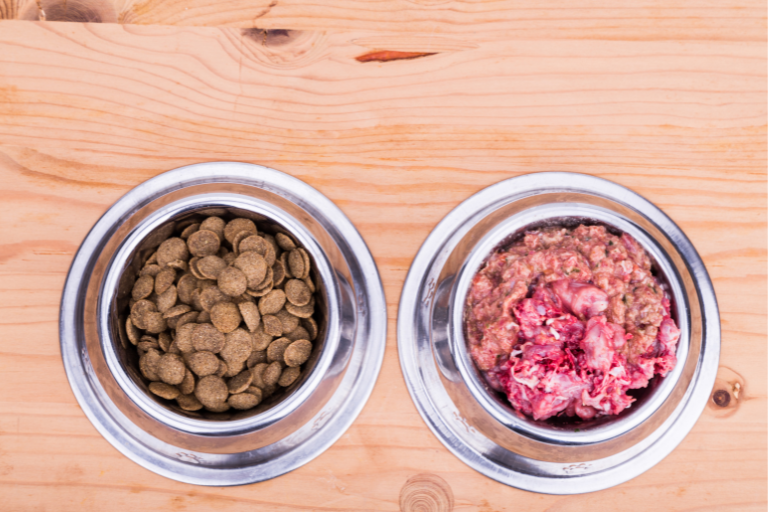
Ensuring the absence of pesticide residues in pet food is a critical responsibility for manufacturers. By sourcing organic ingredients, implementing rigorous testing and quality control measures, conducting supplier audits, maintaining effective cleaning practices, and complying with regulatory standards, manufacturers can guarantee pesticide-free products. These proactive measures not only safeguard the health and well-being of our beloved pets but also provide peace of mind to pet owners who prioritize the safety of the food they provide.
For pet owners seeking reliable and pesticide-free options, exploring reputable online platforms that offer dog food online is a convenient way to access a wide range of high-quality products. When purchasing dog food online, be sure to look for brands that prioritize safety, transparency, and adhere to stringent quality control practices. Additionally, choosing dog food in bags that are properly sealed and labeled can help ensure freshness and minimize the risk of pesticide contamination during storage.
Remember, the health and safety of our pets depend on the choices we make as consumers and the commitment of pet food manufacturers. By demanding pesticide-free products and supporting brands that prioritize quality and transparency, we can collectively contribute to the well-being of our furry companions.
For pet owners seeking reliable and pesticide-free options, exploring reputable online platforms that offer dog food online is a convenient way to access a wide range of high-quality products. When purchasing dog food online, be sure to look for brands that prioritize safety, transparency, and adhere to stringent quality control practices. Additionally, choosing dog food in bags that are properly sealed and labeled can help ensure freshness and minimize the risk of pesticide contamination during storage.
Remember, the health and safety of our pets depend on the choices we make as consumers and the commitment of pet food manufacturers. By demanding pesticide-free products and supporting brands that prioritize quality and transparency, we can collectively contribute to the well-being of our furry companions.


